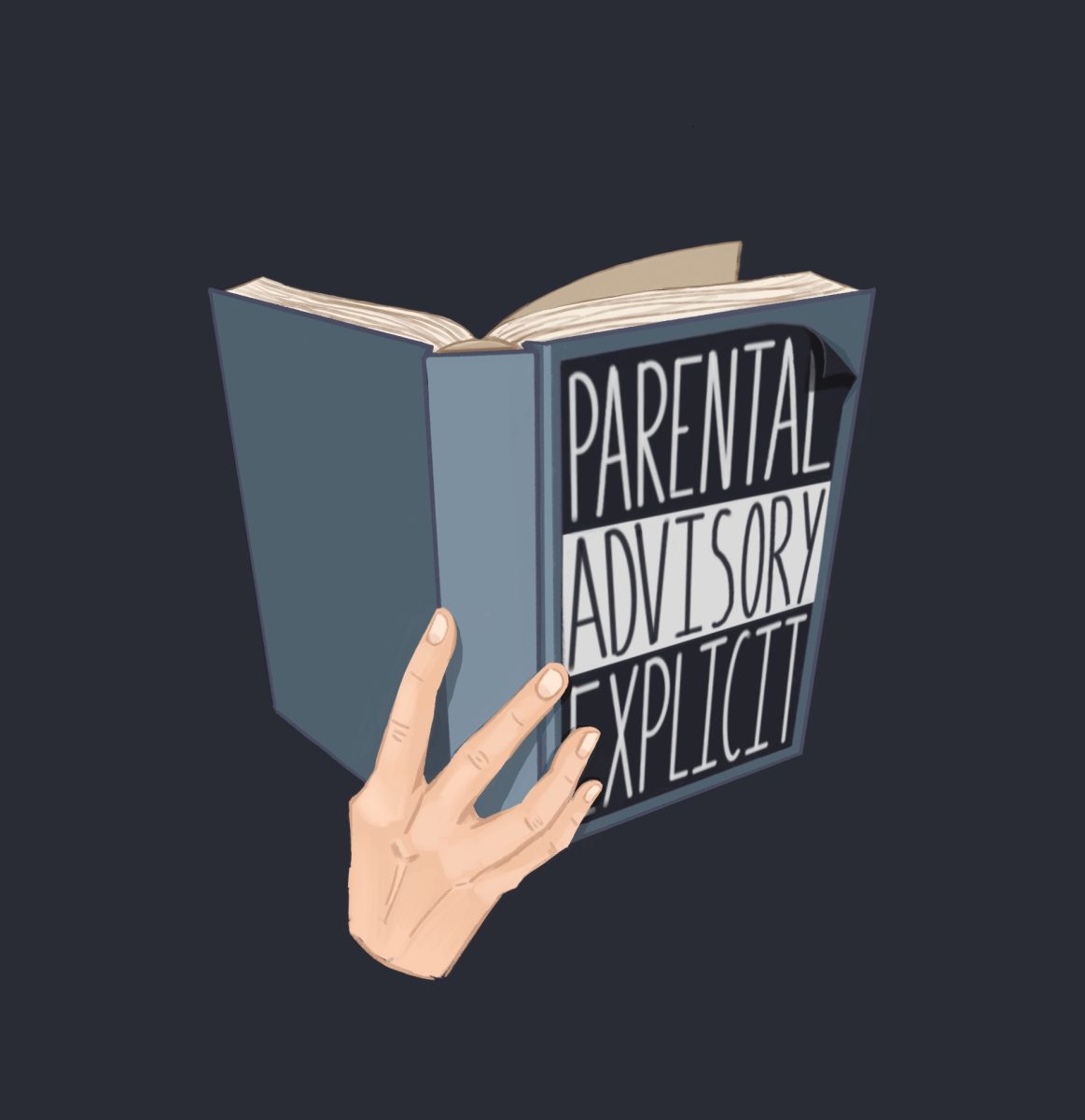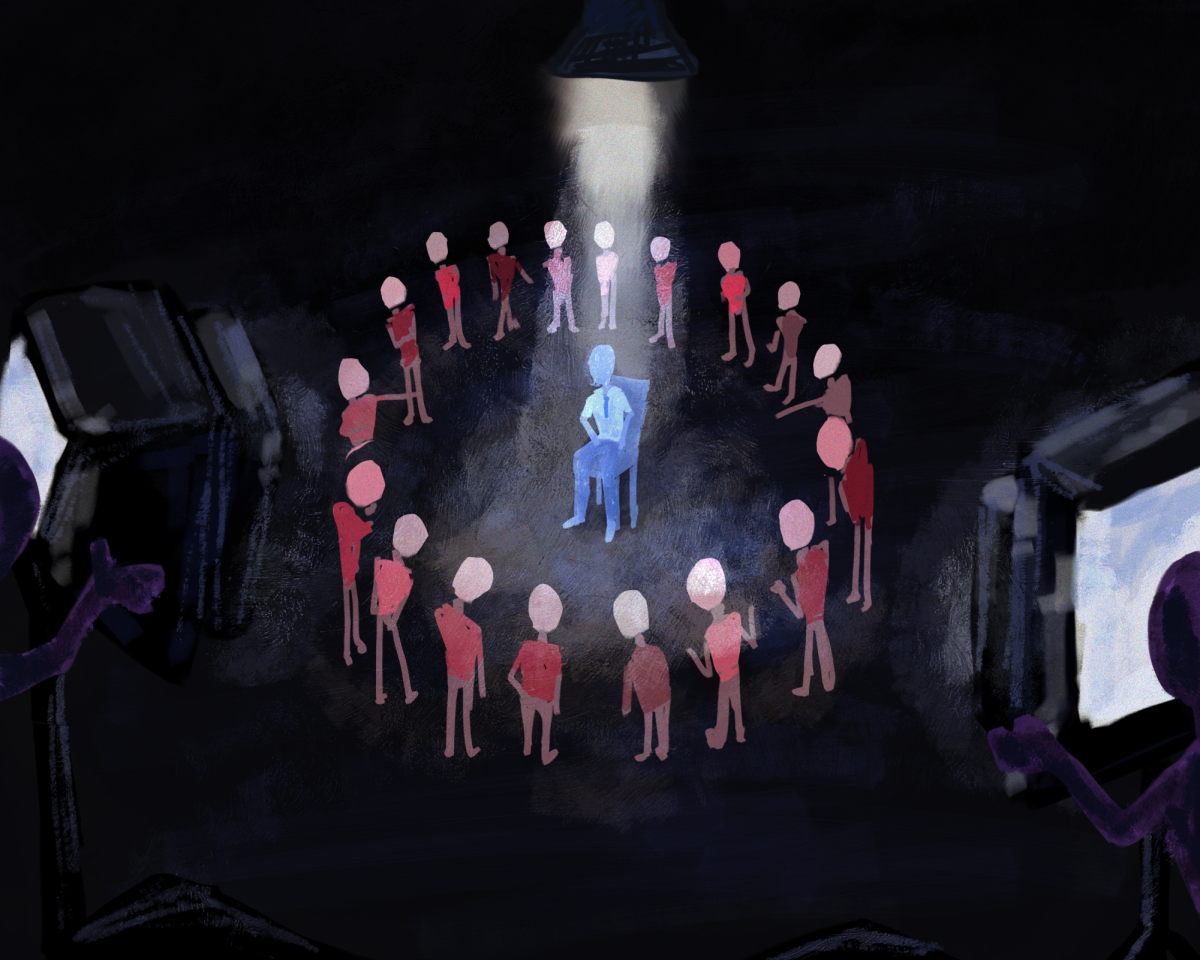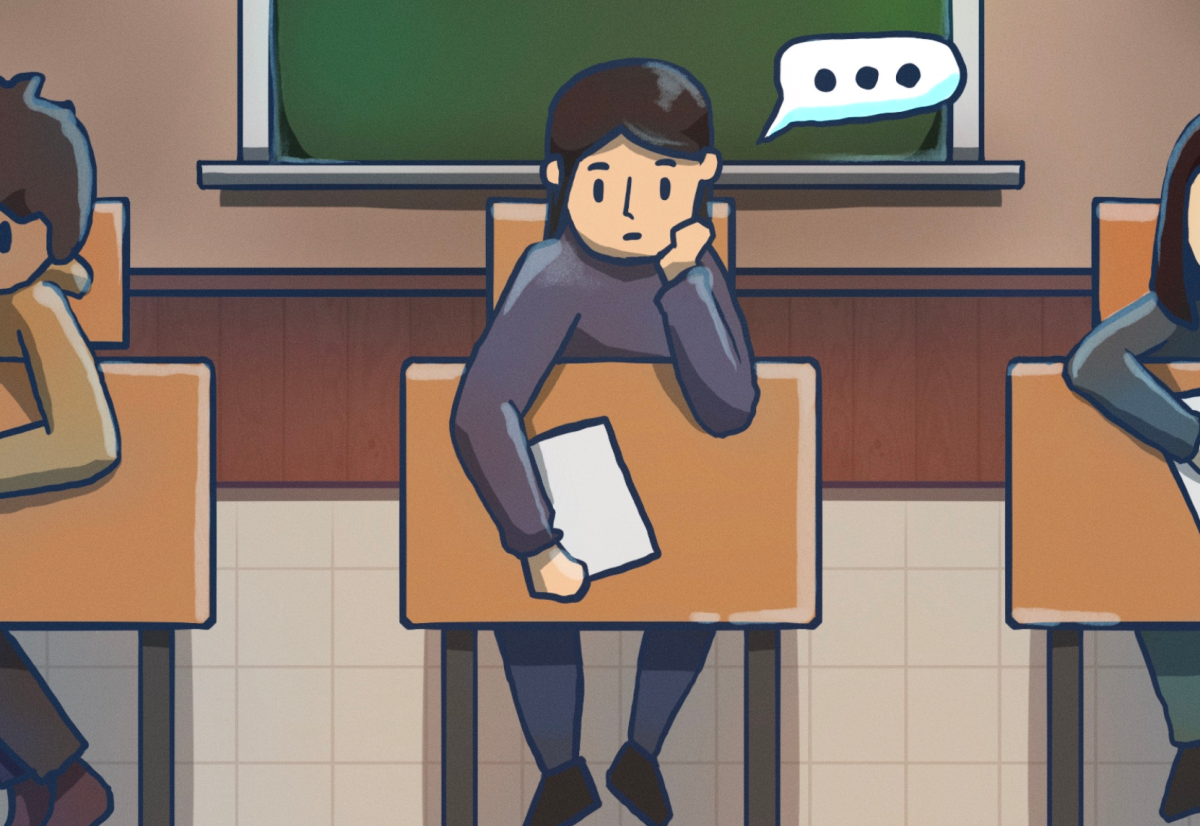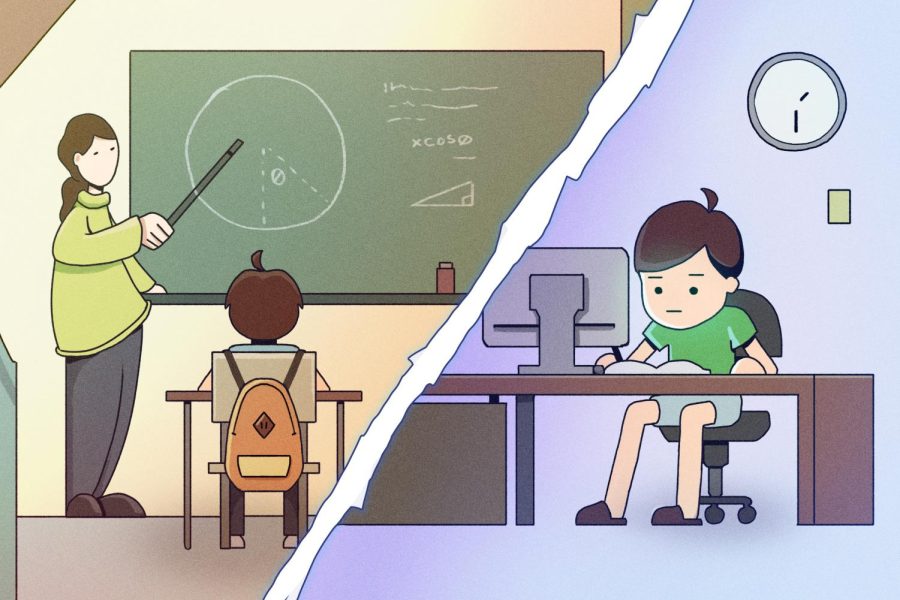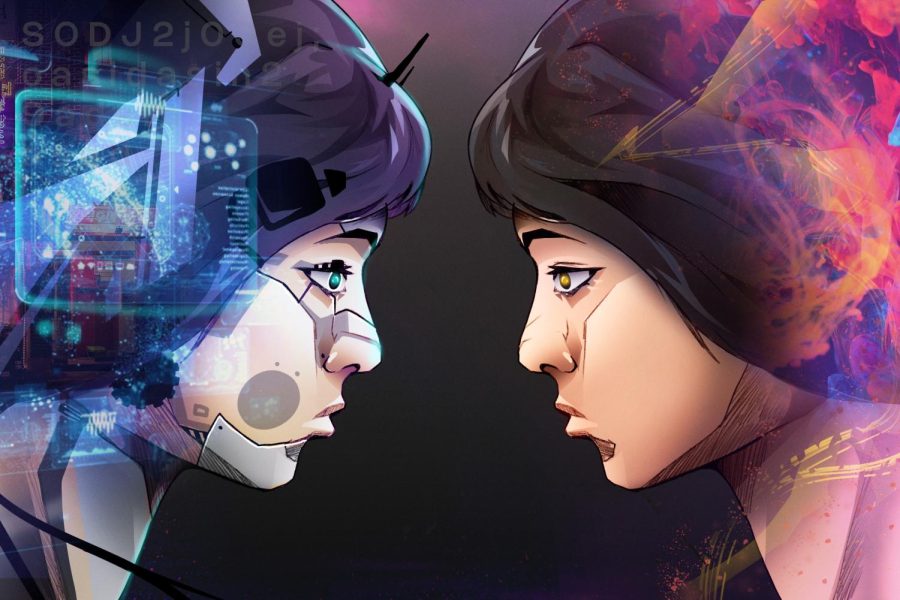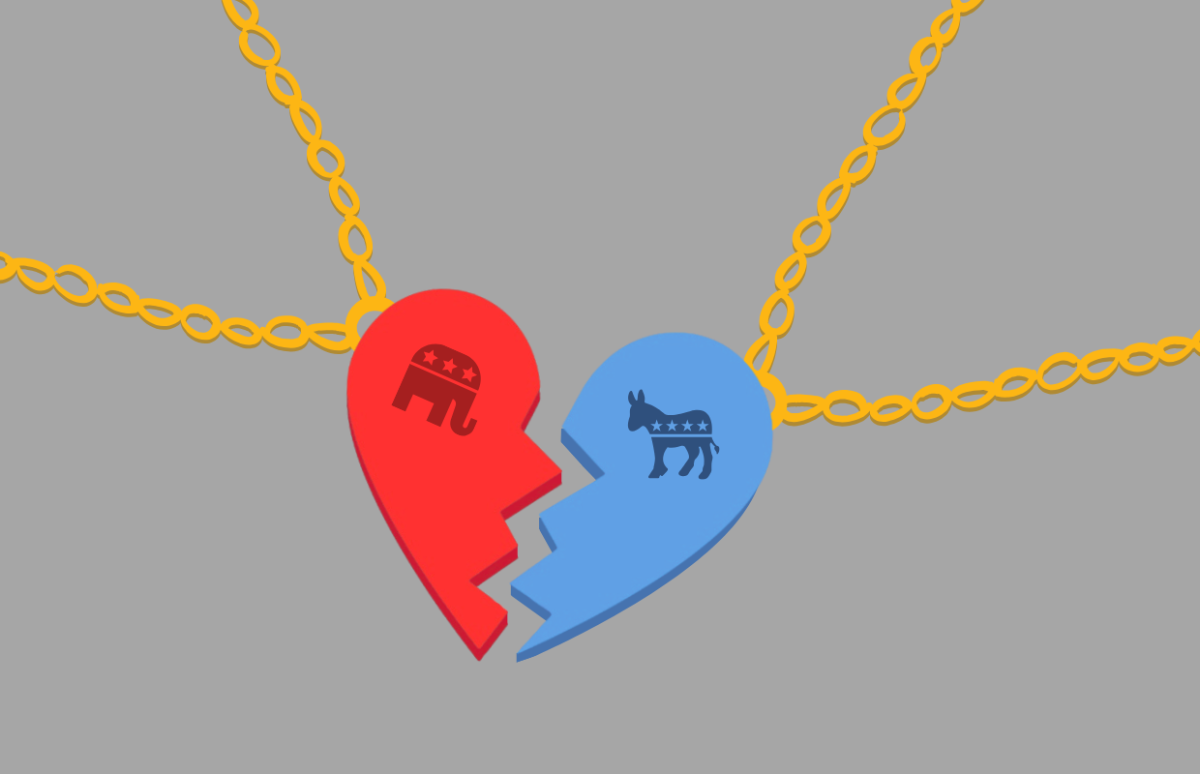Curling up with a book borrowed from the library, a young girl settles in for a cozy fall evening. She cracks the spine of her book, inhaling the familiar scent of paper as she turns to the first page. As she engrosses herself in the book, however, she can’t help but feel as if she’s read the story before — a female protagonist finding herself lost in a fantasy world, becoming mortal foes with the handsome yet tortured faerie prince, fighting side-by-side with a crew of unlikely companions and ultimately falling for the man that she was supposed to hate. As she turns the last page, she doesn’t feel a sense of awe or inspiration; instead, she feels bored, as if she has read this book a million times before.
The hashtag “BookTok” has over 200 million views on TikTok. Short for “Book Tiktok,” the name refers to the community on the app dedicated to everything book-related. Women are the main audience of BookTok, making up most of the creators and viewers in the community. Overall, BookTok has given name recognition to previously unknown authors, helped to sell millions of copies of books and inspired a reading renaissance. However, for all the good it has done getting people to read, the content people read is far more concerning.
The romance and fantasy genres have exploded in popularity, leading to the use of the portmanteau “romantasy”. Books like “A Court of Thorns and Roses” by Sarah J. Maas and “The Cruel Prince” by Holly Black have found enormous fame, with the BookTok community promoting these stories. To incentivize audiences to actually read these books, BookTok has developed a way of categorizing stories under tropes that can easily appeal to readers.
From the “enemies to lovers” romance format to the descriptions of the characters as “morally gray,” the BookTok community has found a way to water down the most fascinating parts of a book into a handful of overused tropes. BookTok readers tend to seek out books with overly sexualized storylines, driving authors to increase the number or intensity of sex scenes. These patterns have effectively restricted authors to centering their books around superficial tropes to make them more marketable. Many readers won’t even consider reading a book unless it has some familiar trope.
Whitman media specialist Alexis Mazur doesn’t sort her shelves by genre for this reason.
“It’s hard to pigeonhole books because there are rarely books that are just one thing,” Mazur said. “If they’re only in one section, people might not discover them.”
Fantasy authors should not write their stories around tropes solely to appeal to BookTok readers. In addition, readers— especially those on BookTok— should think critically about the media they consume, analyzing the book’s plot and message instead of focusing on the sex scenes and banal tropes.
Many of the most famous fantasy authors of the past created elaborate, thought-out worlds and typically had a specific message they wanted to convey.
Take the fantasy series “The Chronicles of Narnia” by C.S. Lewis, for example, which often contains the subtext of many of Lewis’s perceptions of politics. In the sixth book of the series, “The Magician’s Nephew,” the characters explore a world where a queen discovers a magic word that, when spoken, would end all life on the planet except her. The characters’ mentor, a magical lion named Aslan, later warns the human characters that evil exists everywhere: “It is not certain that some wicked one of your race will not find out a secret as evil as the Deplorable Word and use it to destroy all living things.” Lewis published “The Magician’s Nephew” in 1955, shortly after World War II and during the Cold War, so it’s possible that Lewis’ message was a warning about the threats of authoritarianism and nuclear war. Though young readers failed to understand the subtext, there was still a message underscoring the book— something many BookTok series lack.
A more modern example of a fantasy series with a social statement, albeit with a different demographic than many books featured on BookTok, is the “Harry Potter” series. Many of the themes— like friendship, love, acceptance and bravery— are surface-level because the primary audience of the books is children. However, there are also more mature themes that older readers may pick up on. For instance, readers commonly perceive the extremist “Death Eaters” and their leader Lord Voldemort as an allegory for the Ku Klux Klan or the Nazis. The Death Eaters’ goal is to eliminate all wizards and witches who aren’t “Purebloods,” or don’t have 100% magical blood, similar to the ideals of the real-life groups. The series regularly criticizes this group, portraying them as vicious and twisted.
Though these books are not without tropes, their authors are trying to convey powerful underlying messages about world affairs. While not every fantasy author must convey a message for the book to be considered “good,” the books’ duality and ability to appeal to different audiences make them outstanding. Fantasy books with tropes at the forefront make it difficult for general audiences to connect with the story and the characters, and don’t challenge the reader to think beyond the romantic aspect.
Sadie Saba, a self-proclaimed bookworm and a freshman at Claremont McKenna College said the overuse of tropes can harm both the author and the reader.
“Tropes can degrade the quality of writing because it costs writers that sense of originality,” Saba said. “It makes the writing really predictable.”
Even though this shift to emphasizing superficial tropes is a significant issue, there’s nothing inherently wrong with reading books that aren’t anything more than romance or smut for casual enjoyment. It’s unfair to criticize casual, easy-read aspects of the BookTok community, especially when the romance and smut genres have given female authors a platform in the world of literature.
“Readers now think of fantasy as a medium for better romance,” said co-president of the Whitman Books and Film Club Caroline Easley. “They think the enemies-to-lovers trope only works in fantasy, so I feel like fantasy is a means to get higher stakes.”
It becomes a problem when the only popular fantasy novels are those with romantic subplots that have nothing to do with their overarching themes, or when the “spice level”, a term used to describe the amount of sexual content in the book, is the only widely-known aspect of the book. It’s a problem when readers won’t take books off the shelf unless they include one or both of these elements.
Historically, society denied women the right to read at some point nearly everywhere in the world. In the past, having access to books and the capability to read was something only elite males could afford. To women, reading was a path to freedom and enlightenment, and tools that helped find a way out of the forced cycle of marriage, motherhood and eventual death. The opportunity to read was extremely limited for women, and authorities banned “provocative” books for supposedly having negative influences on girls. Dumbing down books to a handful of tropes undermines the reason people read books in the first place. People should not commodify reading, as the act itself is a show of defiance against the ideals of society thrust upon women.
“Authorship has gone from publishing a book to tell a story to telling a story to publish a book,” Saba said. “There’s more emphasis on writing something to sell than writing something you think is a quality piece of literature.”
Readers cannot allow this apathy toward real storytelling to persist. When authors cushion their story with exhausted, repetitive tropes, readers fail to grasp the true purpose of the book, since they only care about whether the main characters have sex. Reading should challenge the reader’s perspective of the world and themselves. Bringing back purposeful, meaningful storytelling in fantasy novels will allow readers to use critical thinking to analyze the content they’re consuming.




